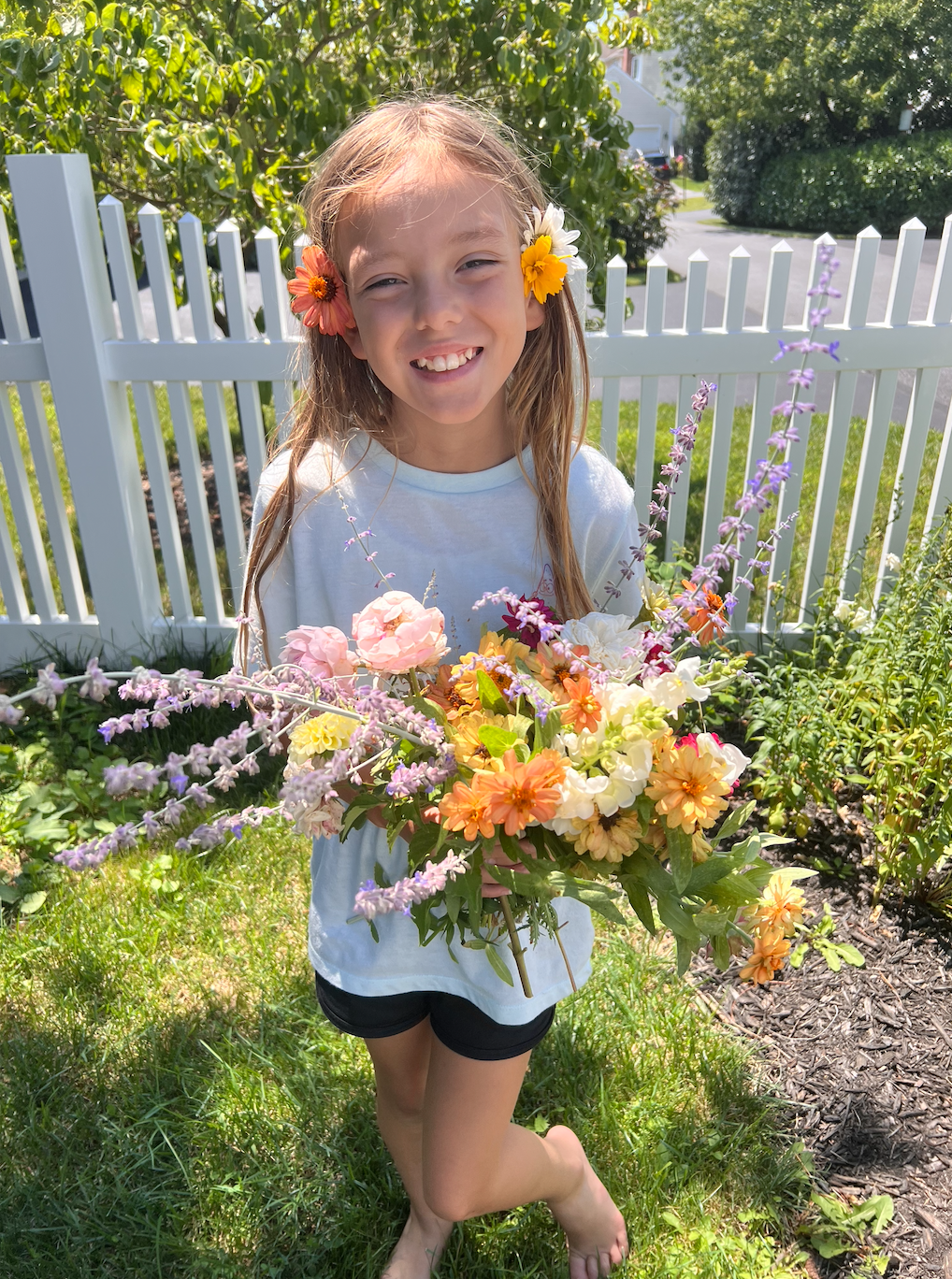Gardening and the creative process
I’ve been growing flowers for a few years, ever since COVID. Spring is my favorite time of year because I get to see the fruits of my labor from fall - the corms and bulbs I planted when it was starting to get cold - and plant new perennials, seeds and annuals with the promise of seeing them bloom in summer.
A big part of gardening is experimentation: planting locations, light sources, soil composition - are all factors that affect the blooms and that can be adjusted to grow the best flowers. Today in the garden, as I was moving some full-grown plants to optimize the garden design, the parallels between growing flowers and “growing” creative ideas hit me. Both processes require patience, experimentation, and a willingness to learn from failure. And in both, the goal is to nurture and grow…and in that pursuit, failure is not a setback but rather a stepping stone towards success.
Here are some of the parallels I see:
Planting the Seeds
Just as a gardener carefully selects and plants seeds, creatives cultivate the initial spark of an idea. Like flowers, ideas need to be nurtured and given the right conditions to grow. As a qualitative researcher, my role is to recognize the potential of each idea at their early stage, helping consumers explore and articulate their feelings and thoughts about it, and handing it back to the creatives to continue develop. Conducting research at the early-stage of idea-growing allows ideas to take root and germinate, vs. growing up without adjusting for any of the factors that can help them reach their true potential.
Cultivating the Creative Soil
Just as flowers require fertile soil to thrive, creative ideas require a nurturing environment to move from good to great. This involves many points-of-view, and creating a supportive and collaborative atmosphere where people can freely express their thoughts and perspectives is key. In my role, I facilitate co-creation sessions that encourage diverse viewpoints, a “yes, and - “ approach, and don’t shy away from the discomfort that can come with exploring ideas authentically. Whether working with an internal creative and brand team, or a consumer group, it’s all about fostering an environment that allows ideas to flourish.
Embracing Failure and Adaptation
In both gardening and the creative process, failure is an integral part of the journey. Not all seeds grow into beautiful flowers, and not all ideas result in successful campaigns. Looking at failure not as a setback, but as an opportunity to learn and adapt, can help salvage what might otherwise have been discarded. Just as a gardener adjusts their approach when a plant doesn’t thrive, critical feedback can help iterate and refine ideas so they can be given the chance to shine.
Pruning and Weeding Out
There is a saying about gardening that says “no one kills more plants than gardeners.” It sounds harsh, but the idea is that in order for some to grow, underdeveloped, weak or excess seedlings and plants sometimes have to be weeded out in order to ensure healthy growth for the rest. The creative process requires the ability to filter and refine ideas, allowing for the strongest seeds to get to flourish. As a qualitative researcher, I work hard to understand ideas at their deepest, human-truthiest level, to identify the most promising concepts and help those ideas to grow.
Blooming and Harvesting
After nurturing and refining creative ideas, seeing the final execution - whether an ad or a product - is like witnessing a flower - or an entire garden - in full bloom. When you’ve put in the work, the time, and the rigor to ensure your “seedlings” grow into their full potential and resonate with their target audience, and you see them come to life, you can sit back and revel in a job well done.
My beautiful daughter Isabelle, helping in the garden :)
